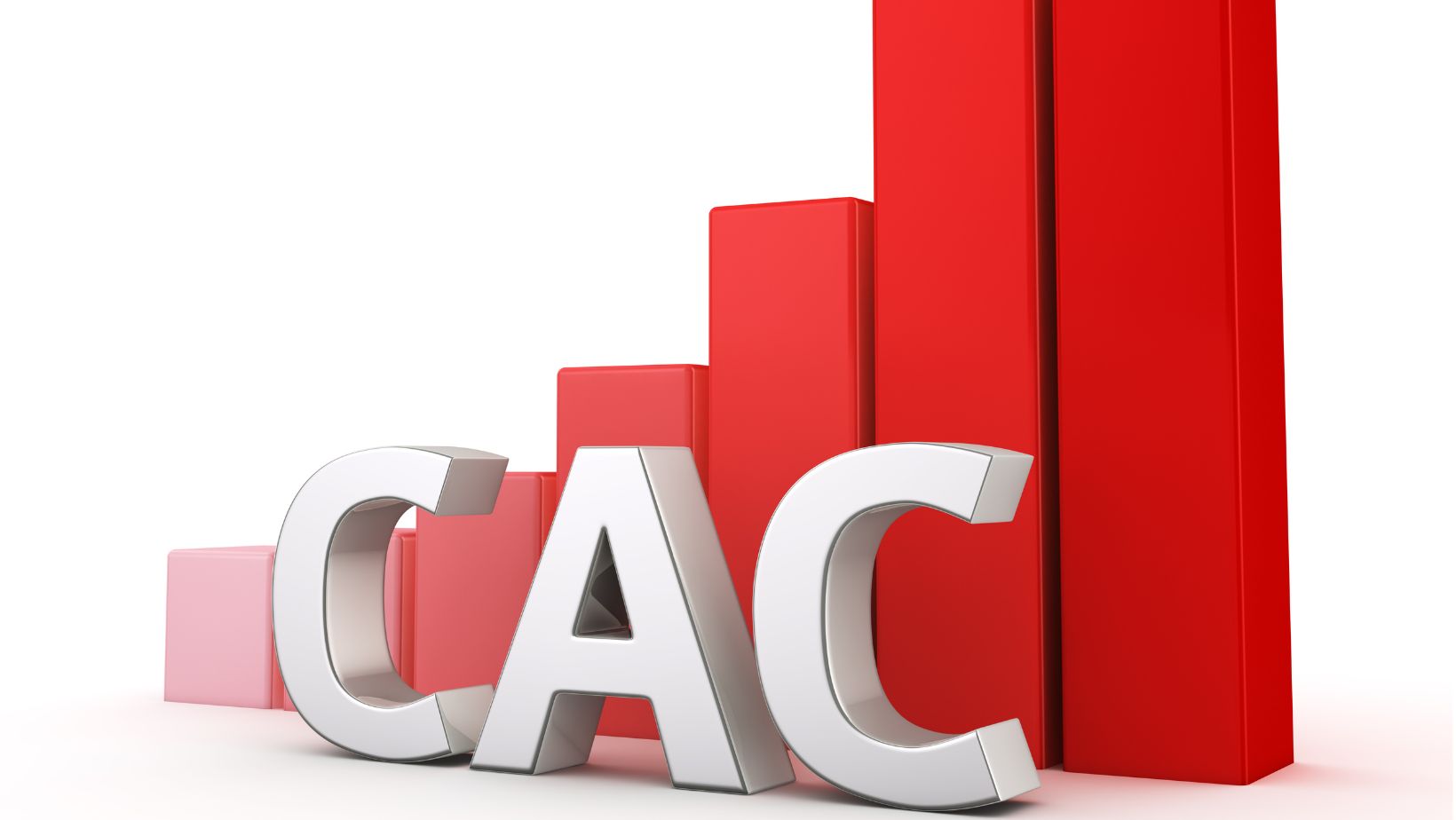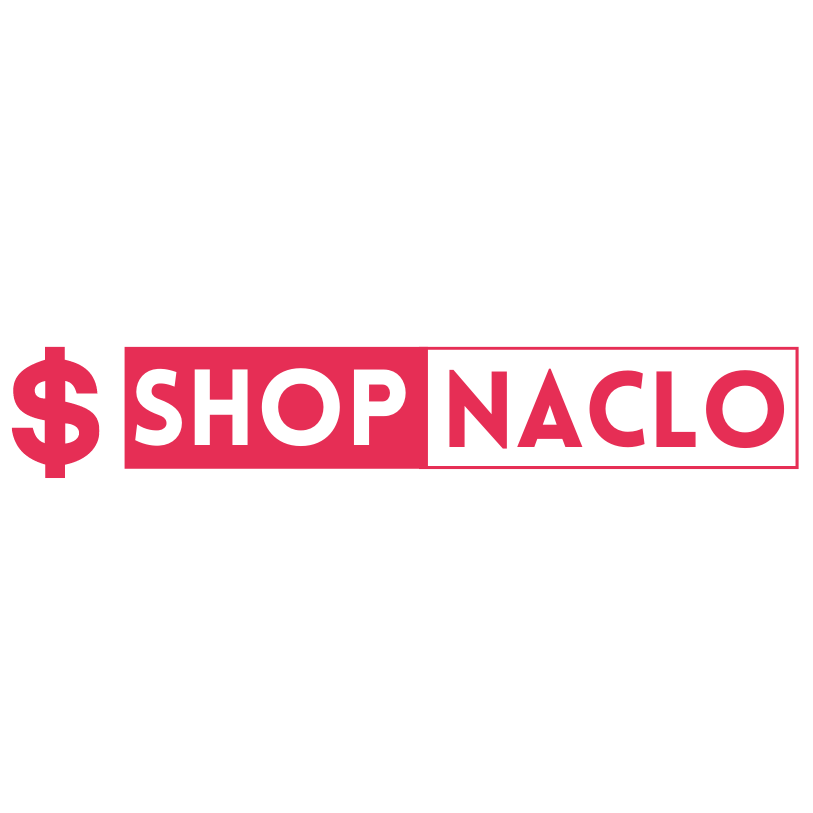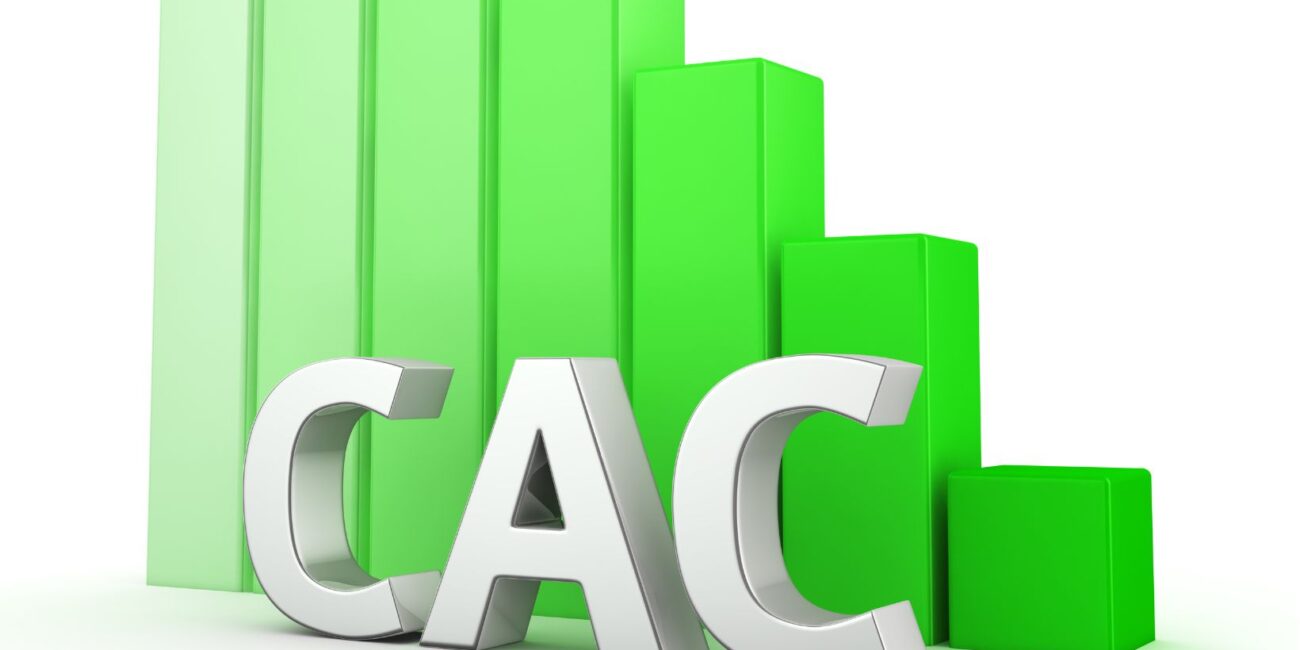In the world of coin collecting, small details can mean big differences in value. That’s where CAC—Certified Acceptance Corporation—comes in to shake things up.
Founded to bring greater consistency and transparency to coin grading, CAC places a green or gold sticker on coins that meet their strict standards. For collectors and investors, that tiny sticker can carry major weight and serious cash value.
But what exactly does CAC do, and how does it affect the way coins are valued? Whether you’re just starting your collection or already deep into numismatics, understanding CAC’s role helps you make smarter decisions and avoid costly mistakes.
What Is CAC and Why Was It Created?
CAC was launched in 2007 to address inconsistencies in third-party coin grading. Even with certified grading from companies like PCGS or NGC, not all coins of the same grade are equal in quality. It’s like having two cars with the same model year that are in completely different condition.
CAC reviews already-slabbed coins and awards a sticker to those that meet or exceed the standards for their grade. They’re basically the quality control department for an industry that really needed one.
The goal? To recognize coins that are high-end for their grade, offering extra assurance to buyers in a market where subtle quality differences can greatly impact price. It’s like having a trusted friend double-check your purchase before you commit.
Green vs. Gold Stickers: What’s the Difference?
CAC assigns two types of stickers, and knowing the difference can save you money or make you money. Green stickers mean the coin is solid or high-end for its grade. It’s like getting a stamp of approval that says “yeah, this one’s legit.”
Gold stickers are where things get interesting. They mean the coin appears undergraded and may qualify for the next higher grade. CAC thinks it’s actually better than what the grading company said.
Green means the coin is one of the better examples of its certified grade. Gold means CAC thinks it’s actually undergraded, and might warrant a resubmission. Both stickers signal quality, but a gold sticker often comes with a noticeable price premium that can be worth serious money.
How CAC Affects Coin Value
Coins with CAC stickers, especially those with green or gold designations, typically sell for more than non-CAC coins of the same grade. Sometimes significantly more. Buyers trust that CAC-stickered coins are accurately graded and high quality, making them easier to sell and often quicker to appreciate in value.
In auction settings, CAC coins regularly outperform non-CAC counterparts. That market confidence translates into higher demand and stronger resale value. It’s like having a certificate of authenticity that everyone actually trusts.
The premium can range from modest to substantial, depending on the coin’s rarity and grade. For expensive coins, that difference can be thousands of dollars.
Should You Submit Your Coins to CAC?
Not every coin is worth submitting, and CAC won’t sticker everything that comes through their door. CAC primarily evaluates coins graded by PCGS and NGC in specific categories, mostly U.S. coins.
If you believe your coin is high-end for its grade or undergraded, it may be worth the submission fee. Coins with attractive toning, sharp strikes, and clean surfaces tend to do better. But here’s the thing: CAC rejects plenty of coins, so there’s no guarantee.
That said, submitting common, low-value coins usually isn’t worth the cost. Focus on rarer coins or those already carrying some premium in the market. Don’t waste money trying to get a CAC sticker on a coin that’s worth less than the submission fee.
Tips for Buying CAC Coins Wisely
Buying CAC coins can be a smart strategy, but don’t skip your homework. Always buy from reputable dealers or auction houses. Compare pricing trends of CAC versus non-CAC coins in the same grade to make sure you’re getting fair value.
Be cautious of coins that are CAC-approved but still overpriced. A sticker doesn’t mean you should pay any price someone asks. Understand that CAC doesn’t guarantee future grading results if you crack the coin out and resubmit it.

A CAC sticker is a helpful guide, not a magic guarantee. But paired with knowledge and smart buying habits, it can improve the quality and long-term value of your collection.
The Bottom Line on CAC
CAC has become a significant force in the coin market, and ignoring it means missing important information. Whether you love them or think they’re just another layer of complexity, they’re here to stay.
For serious collectors and investors, understanding how CAC works helps you make informed decisions, avoid overpaying, and build a higher-quality portfolio. The sticker system isn’t perfect, but it’s proven to add value in the marketplace.
When Quality Counts
In a market where grading is everything, CAC provides another layer of confidence that buyers are willing to pay for. Whether you’re buying or selling, a CAC sticker signals that a coin is among the best of its class or even better than the label says.
When quality counts, that little green or gold sticker can make a big difference in your wallet and your collection’s long-term value.



